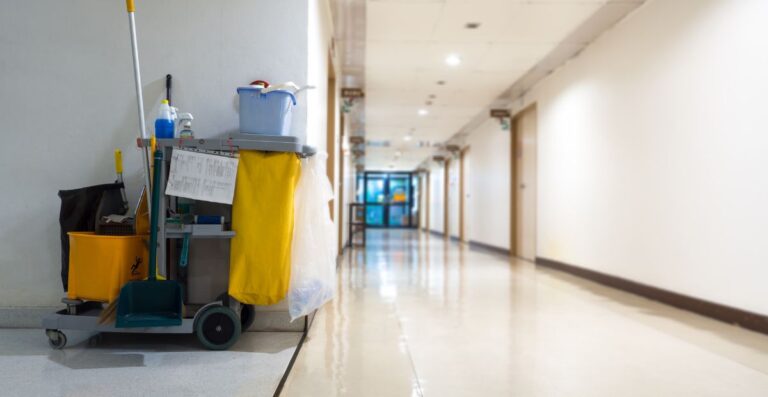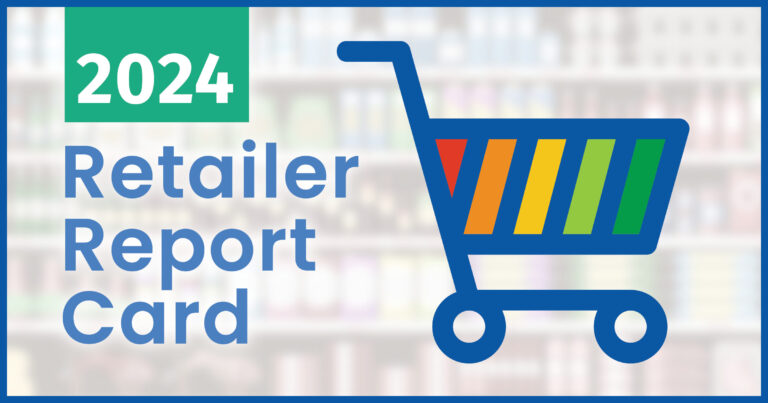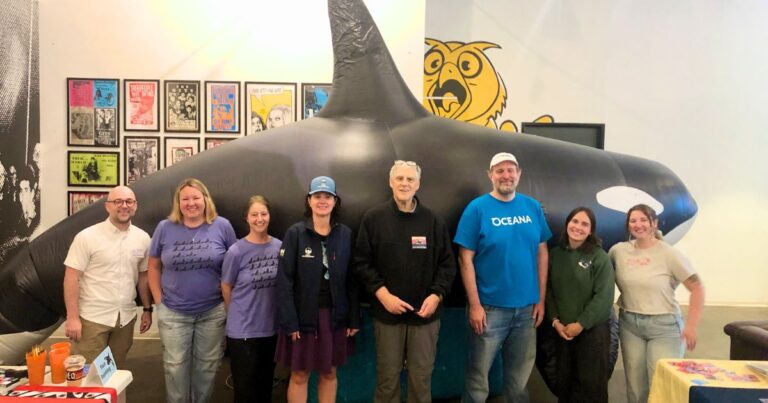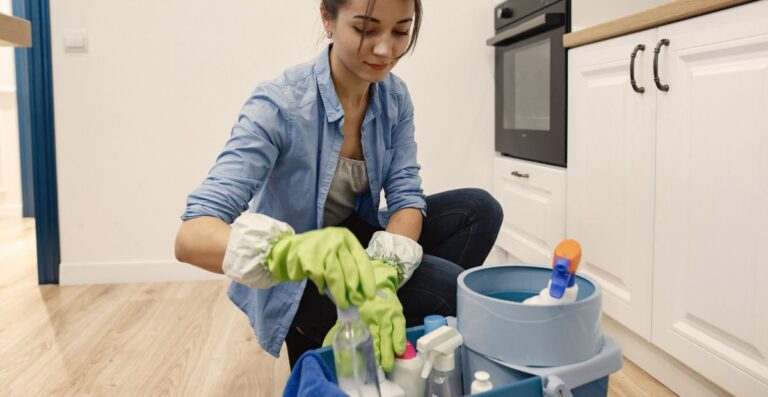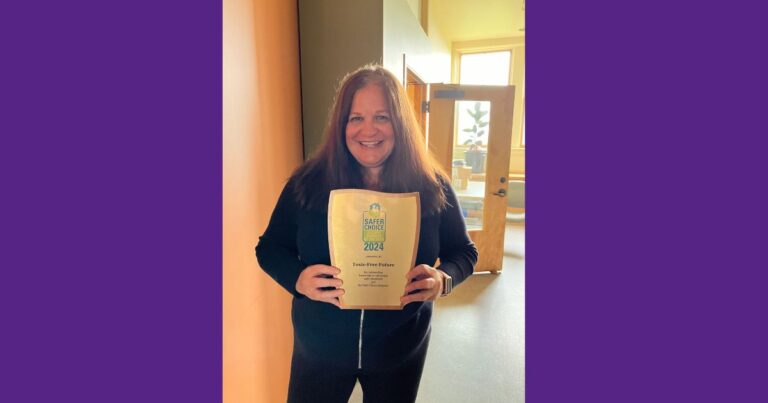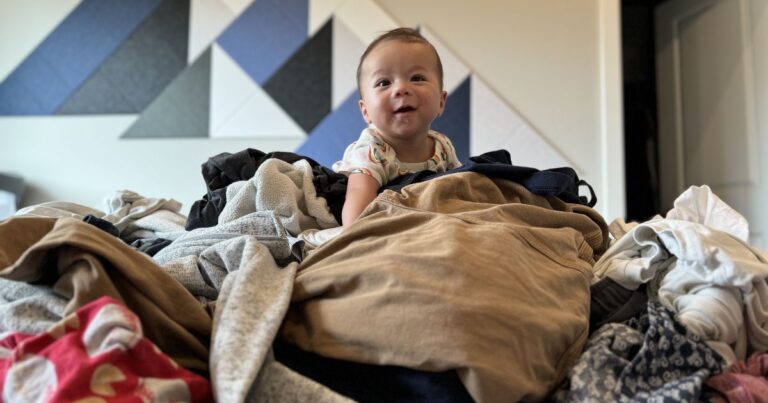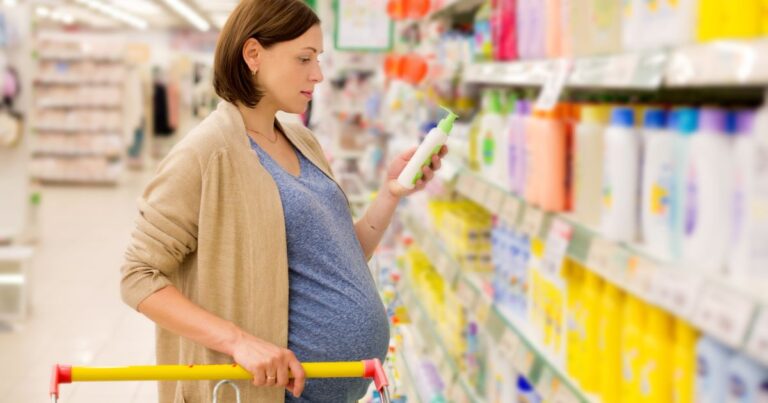Protect Safer Choice
What is EPA’s Safer Choice?
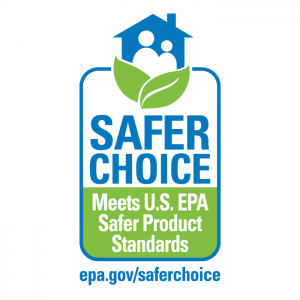
Safer Choice is a certification program by the U.S. Environmental Protection Agency (EPA) that helps consumers and businesses find products made with safer chemical ingredients.
By giving consumers an assurance that a product avoids many known hazardous chemicals and has been vetted by the government, it also gives major brands and retailers incentive to reformulate their products with safer alternatives.
To get a Safer Choice label, companies have to submit the full ingredients list to EPA. Nothing can violate the standard, including the “inert” ingredients or fragrance components. EPA also helps companies identify safer alternatives to problematic ingredients.
EPA’s Safer Choice program can help you buy safer products.
The cleaning products certified under the Safer Choice program must meet certain safety standards. They cannot contain chemical ingredients that are known to contribute to most human health and environmental problems. That means no carcinogens, reproductive toxins, or brain-damaging chemicals, or chemicals that harm aquatic life, for example.
EPA has looked at the function that different problematic chemicals perform in each product category and has identified safer alternatives, and has compiled and maintains a Safer Chemical Ingredient List that companies can use to meet the standard.
The Problem
Unfortunately, EPA’s Safer Choice program is under threat. Project 2025 called for privatizing the program, which would undercut the value of the certification.
The fact is: products on store shelves and sold online could contain ingredients that threaten our health and pollute our homes, drinking water, and communities. There is currently no requirement that ensures all consumer products are made with safer ingredients.
While our goal will always be to win strong regulations that will keep such hazardous chemicals out of products, EPA’s Safer Choice label program helps protect you and your family today.
Safer Choice certifications awarded by EPA give consumers, government purchasers, and retailers a high degree of confidence that products carrying the label have been thoroughly and effectively assessed to meet high standards for safety and performance. The Safer Choice label on a product assures consumers that each ingredient has been evaluated for its hazard and the most dangerous chemicals like PFAS and phthalates are prohibited. Certified products cannot contain chemicals linked to cancer, brain-damaging chemicals, reproductive toxicants, or chemicals that harm aquatic life, for example.
Unlike private certification programs, EPA’s Safer Choice certification is widely trusted by consumers, institutional purchasers, and businesses. The label signifies that certified products have undergone a rigorous, transparent government review to ensure their ingredients meet high standards.
The vast majority of its nearly 2,000 certified products are made by U.S.-based companies. The program’s Safer Chemical Ingredient List helps American brands and retailers identify safer ingredients vetted by EPA scientists and as a result, reduces the expense of costly research that companies would otherwise have to invest in to identify the safest ingredients.
Many government and institutional purchasing programs have already adopted the Safer Choice program as a requirement in their purchasing criteria. For example, the bipartisan fiscal year 2025 National Defense Authorization Act (NDAA) contained a requirement for the Department of Defense to purchase Safer Choice-certified cleaning products, to the maximum extent possible.
More than 200 businesses and business associations recently sent a letter to EPA Administrator Lee Zeldin supporting Safer Choice, noting that “the Safer Choice program provides a unique value-added service to support product innovation while maintaining high standards for performance, health, and safety. This program is a good example of the business community working with the government to drive positive outcomes in the marketplace.”
The Solution
The solution is to maintain Safer Choice as a trusted program within the U.S. Environmental Protection Agency.
Toxic-Free Future is calling for Congressional appropriators to oppose any efforts to defund the program in the 2025 and 2026 appropriations for the Environmental Protection Agency, and to oppose any attempts to lower the value of its certification by privatizing the program.
Recent posts on Safer Choice
